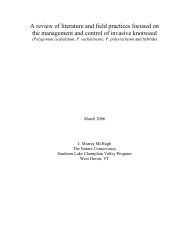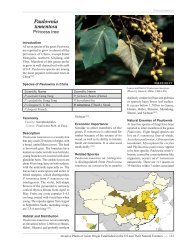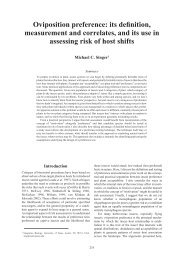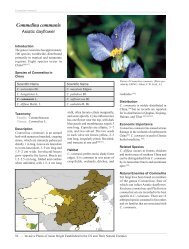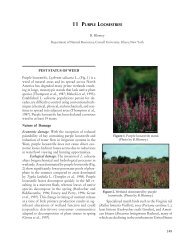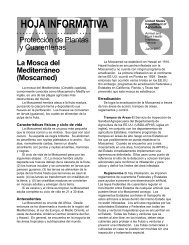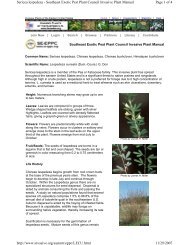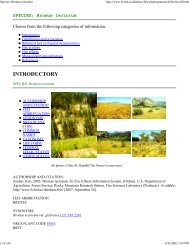Steps for the dissection of male Spodoptera moths and notes on ...
Steps for the dissection of male Spodoptera moths and notes on ...
Steps for the dissection of male Spodoptera moths and notes on ...
Create successful ePaper yourself
Turn your PDF publications into a flip-book with our unique Google optimized e-Paper software.
<str<strong>on</strong>g>Spodoptera</str<strong>on</strong>g> exigua<br />
<str<strong>on</strong>g>Spodoptera</str<strong>on</strong>g> exigua is distinguished by a l<strong>on</strong>g, thin, curved ampulla, <str<strong>on</strong>g>and</str<strong>on</strong>g> a rectangular<br />
opening at <str<strong>on</strong>g>the</str<strong>on</strong>g> base <str<strong>on</strong>g>of</str<strong>on</strong>g> <str<strong>on</strong>g>the</str<strong>on</strong>g> valve.<br />
1. Clavus absent.<br />
2. Costal process absent.<br />
3. Ampulla el<strong>on</strong>gate, thin, curved.<br />
4. Juxta with base narrow, ventral margin c<strong>on</strong>vex <str<strong>on</strong>g>and</str<strong>on</strong>g> dorsal process narrow.<br />
5. Coremata composed <str<strong>on</strong>g>of</str<strong>on</strong>g> a single lobe.<br />
6. Large spine <strong>on</strong> vesica (“distal cornutus”).<br />
<str<strong>on</strong>g>Spodoptera</str<strong>on</strong>g> exigua<br />
3<br />
triangular<br />
opening<br />
6<br />
aedeagus<br />
with a prominent<br />
spine in <str<strong>on</strong>g>the</str<strong>on</strong>g> vesica<br />
1


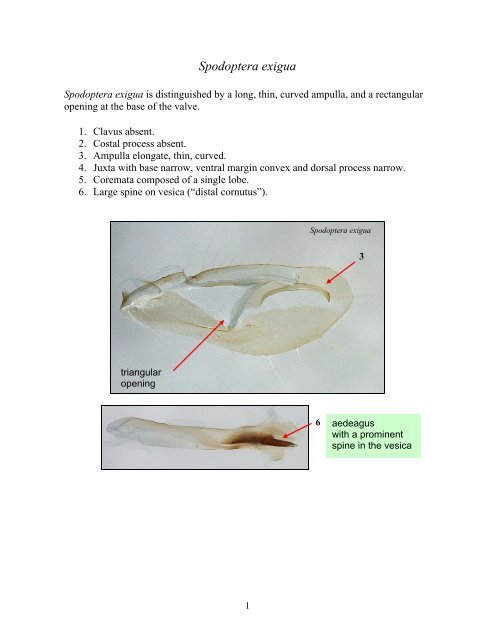

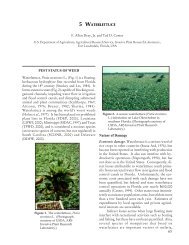

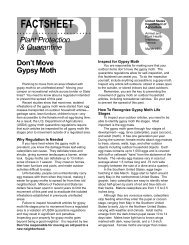
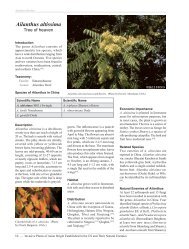
![A Guide to the Control and Management of Invasive Phragmites [PDF]](https://img.yumpu.com/27321025/1/190x190/a-guide-to-the-control-and-management-of-invasive-phragmites-pdf.jpg?quality=85)

